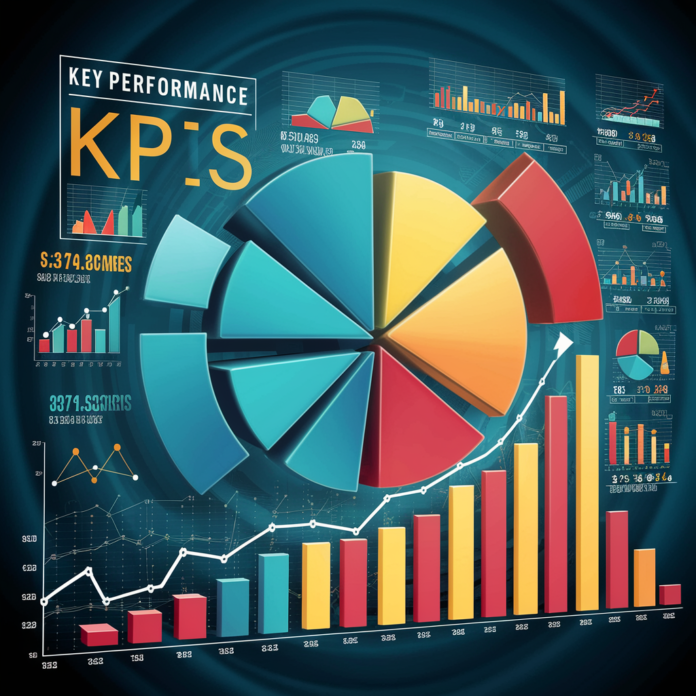Measuring employee performance is not just a matter of tracking numbers; it’s a strategic imperative every organization needs to implement. Today, we need to be data-driven and responsive to stay competitive more than ever, and that starts with understanding and evaluating key performance metrics. In this article, we’ll explore some of the most important performance metrics that you should consider measuring to increase productivity and performance.
1. Key Performance Indicators (KPIs)

Key Performance Indicators are metrics that directly align with an employee’s role and responsibilities. These indicators can be specific to departments, teams, or individuals. For instance, sales representatives might be evaluated based on the number of deals closed, while customer support agents could be measured by their response and resolution times. Setting and tracking relevant KPIs gives employees clear targets to strive for and helps managers evaluate their performance accurately.
2. Productivity and Efficiency Metrics
Measuring productivity and efficiency metrics is vital to see if employees are using their time and resources effectively. Metrics like the number of tasks completed, time taken to complete a task, and output per hour can show an employee’s ability to manage workload and deliver timely results. These metrics are particularly valuable for roles that involve repetitive tasks or time-sensitive projects. We recommend implementing an employee performance management software to track levels of productivity.
3. Quality of Work
While quantity is important, maintaining the quality of work is equally important. Metrics that assess the quality of an employee’s output are error rates, customer feedback, and the number of defects or revisions required. Consistently high-quality work reflects an employee’s commitment to excellence and contribution to maintaining a positive reputation for the organization.
4. Learning and Development
Investing in employee growth through training and development programs is crucial for both individual and organizational success. Metrics related to learning, such as the number of training hours completed, skills acquired, and certifications earned, can show an employee’s commitment to self-improvement and their readiness to take on new challenges.
5. Attendance and Punctuality
Reliability and punctuality are fundamental traits of a responsible employee. Metrics related to attendance, punctuality, and adherence to work schedules can help managers evaluate an employee’s dedication to their role and their team.
6. Team Collaboration and Communication

Successful teamwork often depends on effective collaboration and communication. Metrics that evaluate an employee’s contribution to group projects, willingness to help colleagues, and communication responsiveness can showcase their ability to work well within a team and contribute to a harmonious work environment.
7. Goal Progress and Achievement
Tracking an employee’s progress toward their individual goals and targets is essential for maintaining accountability and motivation. Regular check-ins and progress reviews can help managers guide employees toward success while providing opportunities for adjustments as needed.
8. Leadership and Initiative
For organizations to thrive, they need employees who show leadership qualities and a willingness to take initiative. Metrics that measure an employee’s involvement in leadership roles, contribution of innovative ideas, and willingness to go beyond their core responsibilities highlight their potential to drive positive change.
9. Adaptability and Problem-Solving
Times are changing faster than ever, and adaptability and problem-solving skills are highly valuable in today’s business world. Metrics that evaluate an employee’s ability to handle change, learn quickly, and navigate challenges effectively show how resilient and resourceful they are.
Conclusion

Measuring employee performance goes beyond simply tracking numbers—it’s about fostering a culture of growth, engagement, and mutual success. While these metrics provide a comprehensive overview of what to measure, you should tailor your approach based on the unique goals, industry, and organizational structure. Regularly analyzing these metrics, providing constructive feedback, and creating opportunities for employee development can help organizations create a productive and engaged workforce.







